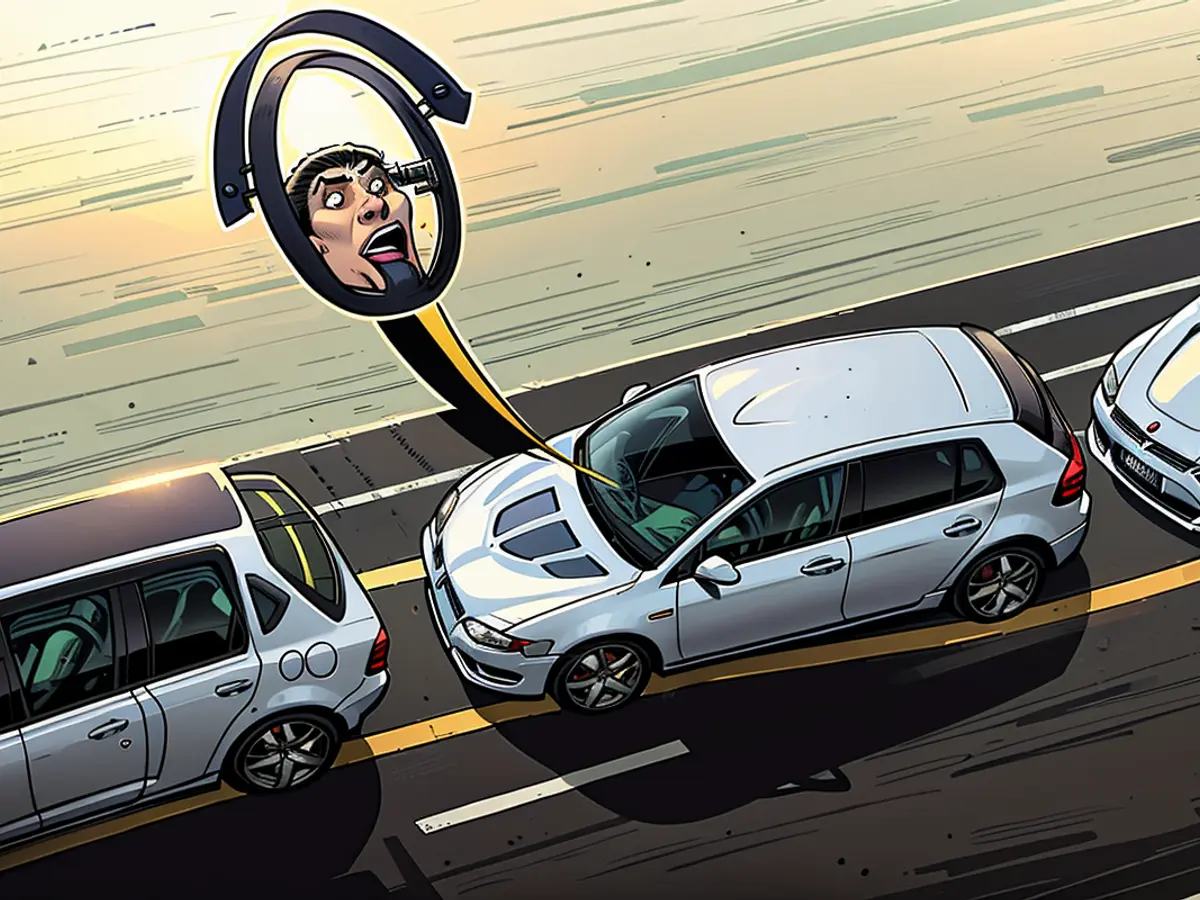What's the mechanism behind tracking assistance?
Automatic lane-drift correctors, often referred to as Lane Keep Assist Systems, kick into action when a vehicle moves out of its designated lane without intention. These helpful devices are now standard equipment in newly purchased vehicles worldwide.
An instant lapse in concentration is all it takes for a vehicle to veer off its intended path, putting other road users at risk or causing the car to veer off the road. By activating, Lane Keep Assist systems help prevent these potentially dangerous situations. Unlike Lane Departure Warning systems, which merely alert the driver using auditory signals or vibrating steering wheels, Lane Keep Assist systems take a more proactive approach by actively intervening in steering and guiding the vehicle back onto its correct path.
This technology was first introduced in a 2001 Nissan Cima sold in Japan. Since then, it has become increasingly popular, and in 2022, it became mandatory for new vehicles in Germany, making it a standard feature in all new vehicles.
The vehicle continuously monitors its own lane
Both Lane Departure Warning and Lane Keep Assist systems rely on sensors to accomplish their tasks. The vehicle continuously scans its own lane for any departure using cameras mounted on the windshield or infrared sensors on the vehicle's floor. In addition to visual data, driving parameters like steering angle and speed also contribute to the overall assessment. The sensors primarily focus on lane markings. If, for example, lane markings are unclear in construction zones, Lane Keep Assist systems may struggle to interpret the data correctly.
The system detects unintentional lane departures when the driver fails to use a turn signal. If the vehicle appears to veer out of the designated lane area without using a turn signal, the Lane Keep Assist system intervenes. In vehicles equipped with electronic power steering, the system counter-steers at this moment, gently guiding the vehicle back to the center of the lane. Models without this capability utilize the Electronic Stability Program (ESP), which enables targeted braking of individual wheels. By applying brakes to the inner wheels, the vehicle is gently maneuvered back into the lane, which causes a noticeable jolt, but also alerts the distracted driver.
Allowing drivers to let go of the steering wheel momentarily
In modern vehicles, Lane Keep Assist systems permit drivers to momentarily release their grip on the steering wheel. If the Lane Keep Assist system is active, the wheel is continually adjusted in small steering corrections to keep the vehicle perfectly centered within its lane. However, if the driver refrains from touching the steering wheel for an extended period of time, the on-board system encourages them to retake control. Failure to comply usually results in a series of warnings, culminating in the automatic disabling of the lane keeping function.
Those who find constant steering interventions bothersome often have the option to disable the Lane Keep Assist systems. Generally, they are automatically reactivated when the engine is restarted, requiring manual deactivation each time.
While Lane Keeping Assistants can significantly reduce the number of accidents, they ought not to be seen as a substitute for attentive driving. Properly functioning systems require the system to accurately identify lane markings. Most vehicles signal the status of the assistant via an indicator light in the instrument cluster – as long as this control light is off, the assistant is not active. However, even under ideal conditions, lane keeping assistants are not foolproof. After numerous interventions, some systems loss their effectiveness.
Therefore, even with the assistant on board, the driver's full attention is required. In case of a mistaken steering correction by the computer, the driver can readily override it by applying a firm steering input.
Despite the vehicle's continuous monitoring of its lane, an unexpected obstacle or poor road conditions might still cause unintentional lane departures. In such situations, the Car's Lane Keep Assist system can interject to correct the vehicle's course, ensuring safety on the road.
To make long drives more comfortable, some Cars with advanced Lane Keep Assist systems allow the driver to take their hands off the steering wheel for a short period, as the system makes subtle steering adjustments to keep the Car centered within its lane.








